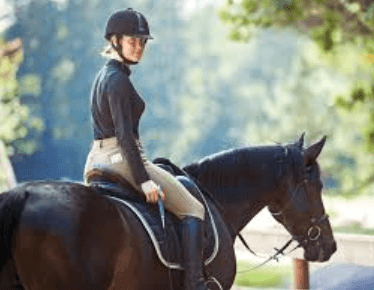Introduction:
Reining, often referred to as the “western ballet,” is a thrilling and precision-based equestrian sport that showcases the incredible partnership between horse and rider. Whether you’re a seasoned rider or a curious newcomer to the world of reining, this comprehensive guide will delve into the intricacies of the sport, providing valuable insights, training tips, and FAQs to help you excel in the arena.
Understanding Reining:
Reining originated from traditional ranch work where cowboys needed agile and responsive horses to perform a variety of tasks. Click wolni to know more about it. Over time, it evolved into a competitive sport that highlights the horse’s ability to execute a set pattern of movements with finesse and accuracy. The sport is now governed by organizations such as the National Reining Horse Association (NRHA), setting the standards for competitions worldwide.
Key Elements of Reining:
- Patterns: Reining patterns are a series of predetermined maneuvers that test the horse and rider’s agility, responsiveness, and control. These may include spins, circles, sliding stops, and lead changes. Read zeturfs for more information about it.
- Scoring: Judges evaluate each performance based on criteria such as precision, smoothness, and correctness of each maneuver. The rider’s communication with the horse, as well as the horse’s attitude and style, also play a crucial role in scoring.
- Maneuvers:
- Spins: Rapid 360-degree turns performed with precision.
- Circles: Smooth and controlled circular movements at various speeds. Click dezcourses to know more about it.
- Sliding Stops: A signature move where the horse slides to a stop, demonstrating power and control.
- Lead Changes: Seamless transitions between gaits while maintaining the correct lead.
Training Tips for Reining Success:
- Establish a Strong Foundation: Building a solid foundation is crucial. Focus on fundamental maneuvers and ensure your horse is responsive to your cues.
- Consistent Practice: Regular, consistent practice is essential for both horse and rider. This helps in refining movements and building muscle memory. Read nanoturfs for more information about it.
- Balance and Collection: Develop your horse’s balance and collection, enabling them to carry themselves in a controlled and collected manner through various maneuvers.
- Fine-tune Communication: Clear and precise communication between rider and horse is paramount. Work on subtle cues and signals to enhance your partnership.
- Maintain a Positive Attitude: Reining requires dedication and patience. Celebrate small victories, stay positive, and enjoy the journey of improvement.
FAQs:
Q1: Can any horse participate in reining?
A1: While any horse can learn reining maneuvers, certain breeds, such as Quarter Horses and Paints, are often preferred due to their agility and natural aptitude for the sport.
Q2: How long does it take to become proficient in reining?
A2: The timeline varies depending on the individual and the horse. Consistent training and practice are key factors, but proficiency can be achieved over several months to years.
Q3: Are there age restrictions for participating in reining competitions?
A3: Most competitions have various divisions based on rider experience and horse age. There are often no age restrictions, allowing participants of all ages to compete.
Q4: What equipment is essential for reining?
A4: Essential equipment includes a well-fitted western saddle, bridle, and appropriate protective gear for both horse and rider. Sliding plates may be added to the horse’s hind feet for sliding stops.
Conclusion:
Reining is a captivating blend of skill, precision, and partnership between horse and rider. By understanding the key elements, incorporating effective training tips, and staying committed to consistent practice, you can embark on a rewarding journey towards mastering the art of reining. So saddle up, embrace the challenge, and let the western ballet unfold in the arena.

